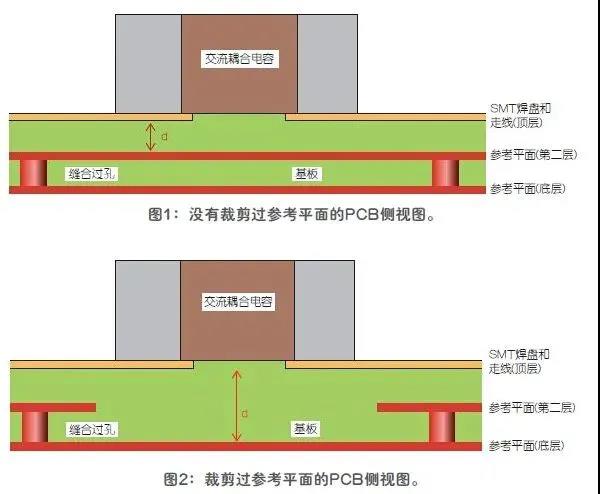Service hotline
+86 0755-83975897
Release date:2021-12-28Author source:KinghelmViews:2222
















Copyright © Shenzhen Kinghelm Electronics Co., Ltd. all rights reservedYue ICP Bei No. 17113853